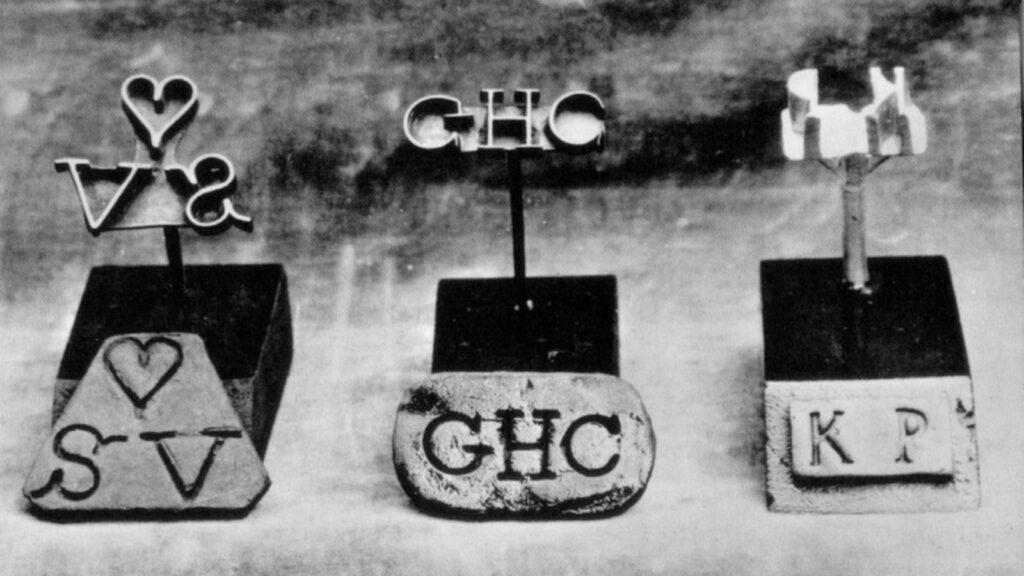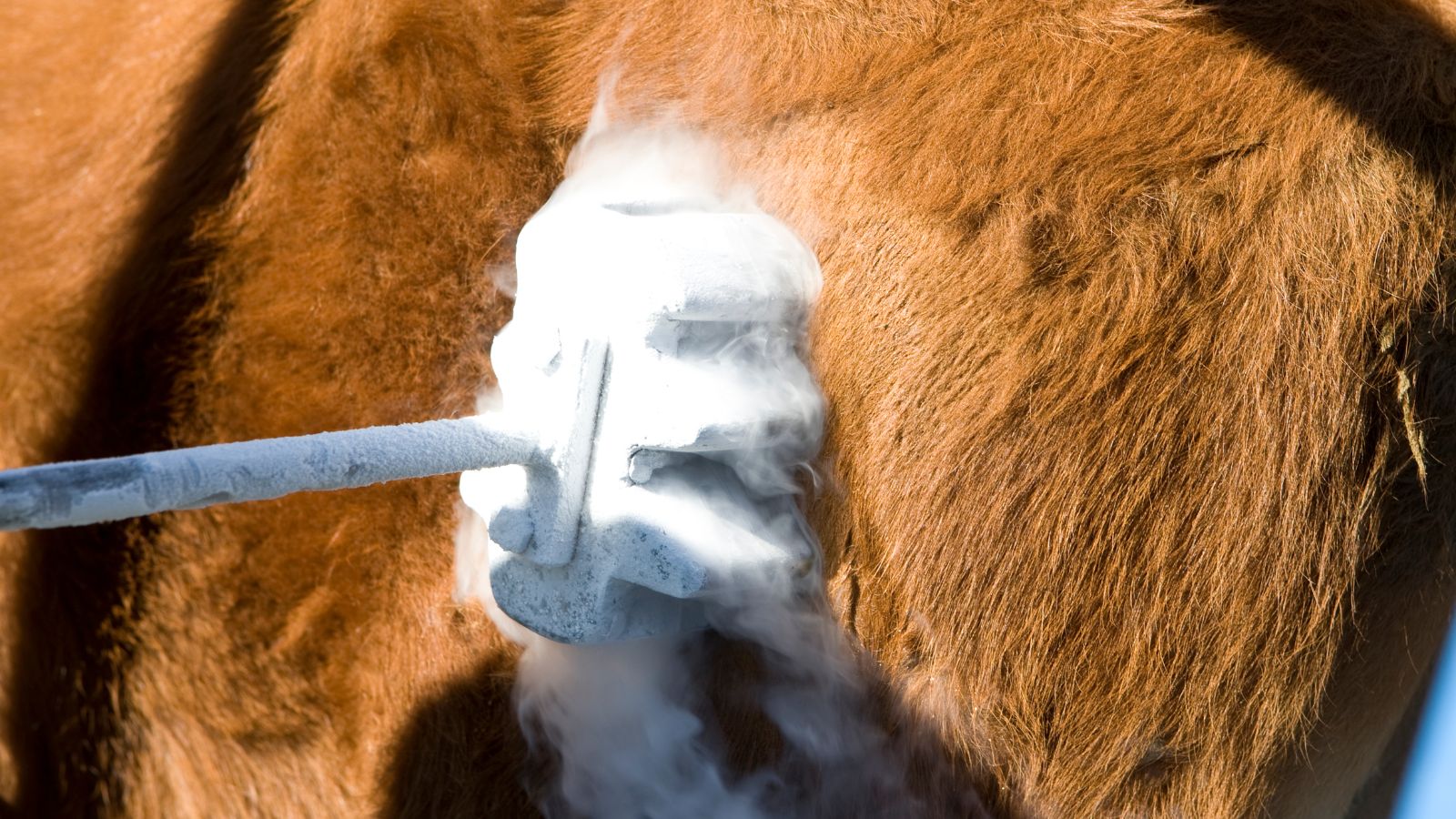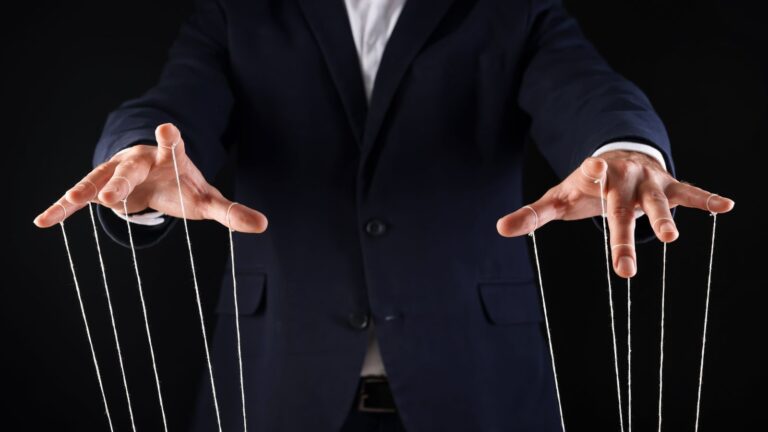The concept of “branding” traces its roots to the Old Norse word brandr, meaning “to burn.” For centuries, humans used hot irons to mark livestock, ensuring ownership was unmistakable. This crude yet practical system became widespread, especially among herders, to prevent theft and establish identity.
Branding wasn’t limited to animals. In ancient Rome and later in parts of Europe and the Americas, enslaved people and criminals were also branded. These marks served as physical labels of control, disgrace, or ownership. It was a dark chapter in evolution of the term.

As societies advanced, branding shifted from physical marks to symbolic identifiers. Artisans and craftsmen began stamping their work to claim credit and assure quality. These early trademarks helped buyers recognize the origin and authenticity of goods. By the 19th century, as mass production expanded, businesses began using names, logos, and packaging to set their products apart. Branding had evolved from a sign of ownership to a mark of value and trust.
Today, branding plays a vital role in business, marketing, and communication. It shapes how people perceive organizations, products, and services. No longer a burn mark, it has become a signal of identity, credibility, and connection. A brand is defined not only by what it offers but by how it makes you feel—the emotional connection it creates, the experience it leaves behind, the conversations it sparks, and the qualities that set it apart. The evolution of the term reveals how a symbol can shape perception across time and culture.
Pic: Slave metal branding irons with owners’ initials. Image credits: slaveryimages.org



